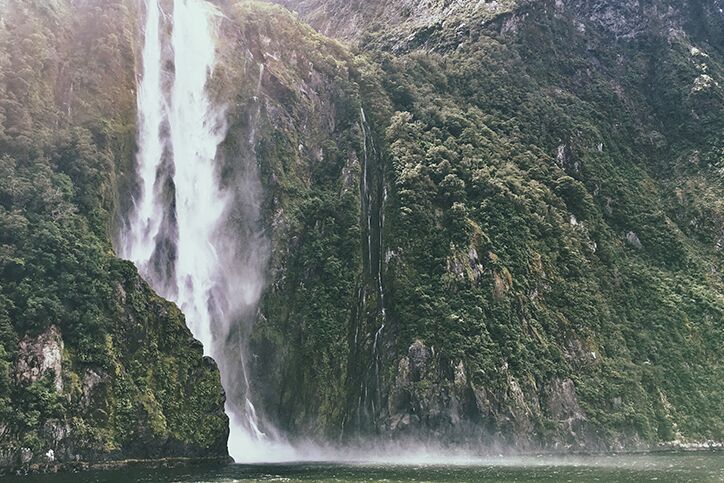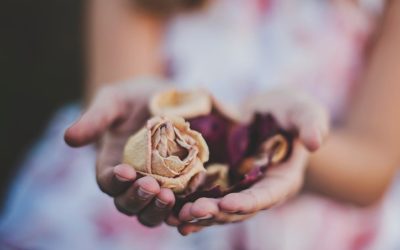Here in America and in most of Canada, we have funeral traditions that have stood the test of time for decades, even centuries.
But our traditions are vastly different from those in other countries and cultures.
This article looks at Maori funeral traditions and is part of a series that highlights how different cultures care for their dead. Other parts of the series are about Swedish funeral traditions and Italian funeral traditions, among others.
Notes, these traditions may vary depending on the individual and their own beliefs.
Brief Maori History
The Maori are the indigenous Polynesian people of New Zealand. The official languages of New Zealand are Maori and New Zealand Sign Language, but the most commonly spoken language is New Zealand English.
Christianity is the most common religion in New Zealand with almost half of the population practicing. The Maori people converted to Christianity, but their religion used to be animistic meaning “all things were thought of as possessing a life force,” which includes plants, rocks, natural phenomena, speech, and other inanimate objects.
Death and Tangihanga
When someone dies, the Maori believe their wairua, or soul, returns to Hawaiki, the ancient homeland, through the spirit journey to Cape Reinga, also known as Te Rerenga-Wairua, or the leaping place of spirits where they enter the underworld.
The tangihanga, or funeral ceremony, is usually held at a marae, a courtyard in front of the wharenui or meeting house where the Tupapaku, the deceased, stays in an open casket with flowers and photos around it for mourners to visit. Modern day Tangihanga lasts three days or more with the service and burial taking place on the third or last day, while traditionally the Tupapaku was mourned for weeks before the burial.
A priest or minister does the funeral service, which usually follows Christian traditions in modern day. Funeral attendees wear black and sometimes kawakawa leaf wreaths on their heads. The Whanau pani, or close family of the deceased, aren’t expected to speak; but mourners can show the deceased respect by giving emotional speeches, sharing memories, performing songs, and doing chants. The waiata tangi song is performed for the dead and other misfortunes.
After the service, the Tupapaku is taken to the urupa, burial ground or cemetery. Before leaving the urupa, it’s customary that mourners wash their hands with water and sprinkle some on their heads.
Decline of Marae
Although tangihanga is still practiced today by some Maori people, there’s been a decrease in tangihanga with people choosing to skip it and keep the Tupapaku at their home instead.
Professor Paul Tapsell of Otago University in New Zealand is concerned about this threat to the marae funeral tradition because “without the death ritual of tangihanga we’re losing the real reason of why we have marae. It’s about linking the dead with the living [and] with those yet to be born.”





0 Comments